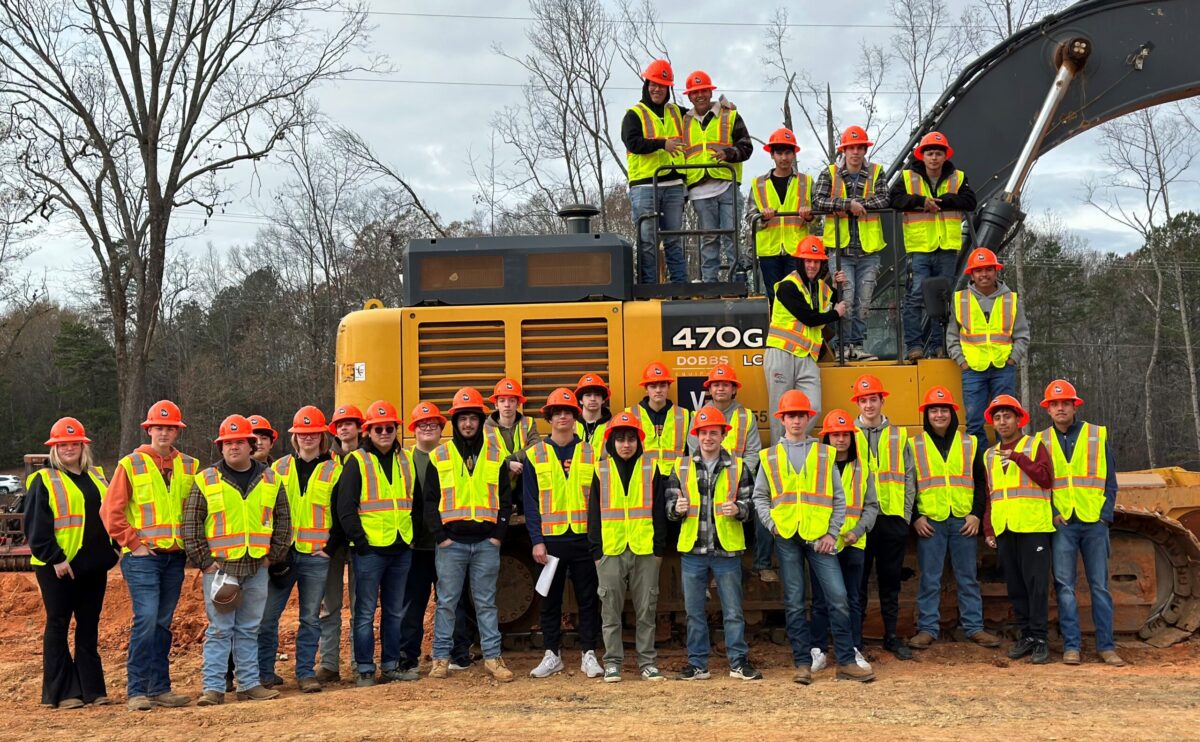
Submitted by Transurban’s communications team
It takes a lot of technology to safely operate the longest reversible road in the United States. Twice every day on I-95’s Express Lanes, Transurban employees harness cutting-edge innovations to reverse the flow of traffic on 49 miles of high-speed lanes for hundreds of thousands of drivers in Northern Virginia.
The lanes run northbound in the mornings and southbound in the evenings to provide much-needed congestion relief to D.C.-area commuters. The switch takes two hours and involves 298 gates, 22 gantries and 349 detection points.
At the heart of it all lies a state-of-the-art control room that hosts some of the transportation industry’s most sophisticated technologies, pulling in 2,000 data points per mile of road. The data comes from sensors strategically placed throughout the corridor that gather information on real-time traffic conditions. They include a variety of technologies such as inductive loop sensors embedded in the road pavement, radar detectors mounted on gantries or roadside poles, and video cameras for visual monitoring. This allows the team to monitor traffic conditions, identify congestion or incidents, and implement responsive measures such as adjusting toll rates, activating variable message signs, or deploying emergency services as needed.
“The control-room is monitored 24/7 by our dedicated team of safety specialists,” said Beau Memory, president, Transurban North America. “The unique system seeks to prevent crashes and, in the case of an incident, enables a fast response from our Express Assist fleet and dedicated Virginia State Police troopers.”
Looking Down the Road
But guaranteeing a safe and efficient commute for today’s drivers is not the company’s only focus. Since 2017, Transurban has been studying how our roadways can support cars of the future—connected and automated vehicles (CAVs), aka “self-driving vehicles.”
“Mobility needs do not stop when today’s cars become obsolete,” said Memory. “We must stay flexible and keep innovating to get people where they need to go both today and 50 years from now.”
Just last year, the 395 Express Lanes—part of the I-95 Express Lanes reversible network—played host to a CAV operated by the Virginia Tech Transportation Institute (VTTI). During the demonstration, the CAV communicated directly with the control room through the myriad of technologies already in place on our smart roadways.
Thanks to smart road technologies, the CAV navigated a series of obstacles to demonstrate why connectivity to the roadway can be indispensable to maintain safety with more self-driving vehicles on the road. From getting around debris to navigating a construction zone, the 395 Express Lanes augmented the CAV’s ability to “see” down the road and respond appropriately keeping everyone in the vehicle and on the road safer.
In it For the Long Haul
Public safety is always top priority, but facilitating safe and efficient commerce is another area where Transurban hopes to contribute.
“Now, we are looking toward what is next for autonomous vehicles,” Memory added. “With road freight projected to grow steadily in the coming decades, self-driving trucks have the potential to transform the movement of goods by reducing congestion and improving road safety.”
The company recently partnered with Silicon Valley’s Plus, a leading provider of self-driving truck technology, to conduct automated freight trials in Melbourne, Australia. Building on its first-ever automated trucking trials in Melbourne last year, this study will explore how Plus’s autonomous driving technology can pair with smart road infrastructure to make trucking safer, more efficient, and more sustainable.
“Unlocking the future of safe travel is beginning with the mobility solutions of today,” added Memory. “Transurban’s smart roads like the I-95 Express Lanes are ready for the ways people will travel in 10 years’ time, pioneering solutions that improve safety across our networks and ensuring safe, reliable travel down the road.”
Above photo: The I-95 Express Lanes in Virginia run northbound in the mornings and southbound in the evenings. Photo courtesy of Transurban.
Topic
Members, Technology
Post Type
Transportation Builder Magazine
Related News

A Better Way for the Rubber to Meet the Road
by John Schneidawind, vice president of public affairs, ARTBA Each day on major…

Building a New Generation of Skilled Highway Workers in Georgia
Photo courtesy of Georgia Highway Contractors Association by Abby Porter, marketing and engagement…

Why AI is Essential to the Future of Heavy Construction
by Kishan Patel, HCSS vice president of product One of the brightest minds…
